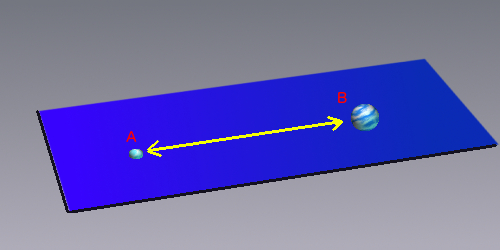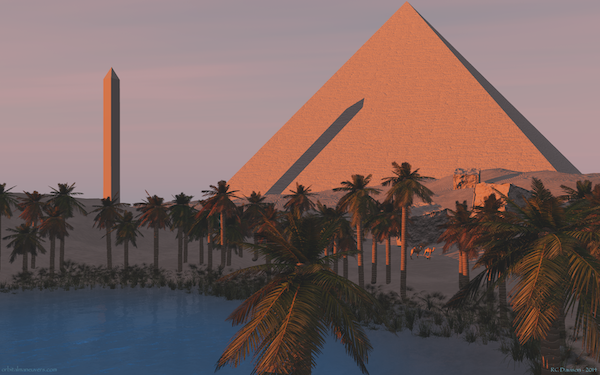On October 25th Orbital Sciences’ Antares rocket, destined to bring cargo to the International Space Station, exploded on takeoff. Three days later, Virgin Galactic’s SpaceShipTwo crashed during a test flight, resulting in the death of the copilot and severely injuring the pilot. It was not a good week for commercial space endeavors.
In the weeks that have followed I’ve noticed a trend on a lot of the media and space-related websites harping that these two events spell the demise of commercial space flight and tourism. They can’t be more wrong!
Firstly: I have to question why anyone in this day and time would think that space flight—be it by NASA, ESA or any other federally sponsored space agency or any commercial company—is routine? Hopping on a commercial airline from New York to London is routine, but launching a rocket or spaceplane into or approaching the boundary of space is anything but routine, as it has been for the last sixty years.
Secondly: Virgin Galactic’s SpaceShipTwo was on a test flight. They were not carrying passengers, nor have they in any of their previous flights of the craft. They are developing the vehicles and systems to provide that “routine” experience in the near future and that requires careful evaluation of the hardware, software and people involved in the process.
When you are testing a new system, you put forth a major effort to minimize the risks to people and equipment, but you will never be able to completely eliminate all the risks encountered. You will also not be able to anticipate everything that will happen, especially when you have a human in the loop.
The bottom line is: there will always be the chance of something going wrong, no matter how hard you try to contain the risks. This will not, and it should not stop Virgin Galactic or any other commercial company trying to develop the technology to leave the surly bond of Earth. It is a learning process, and as we all know, sometimes learning can be painful.
The most important thing that will come out of this is an understanding of what happened on SpaceShipTwo and Antares and how to prevent a similar event from occurring in the future. If they are lucky, they will find some other things they might have overlooked along the way and correct them before they create a problem. Any company involved in high risk work should take this opportunity to review their programs for any thing that they may be overlooking with regard to safety and complacency. Orbital Sciences and Virgin Galactic will go through this process. They will pick up the pieces, dissect the accident and take measures to prevent it from happening again in the future.
If one looks at the path humans have taken to get into space you will see it littered with the wreckage of equipment and in some cases, the loss of life from many failed attempts to push into space. The US and Russia/Soviet Union have both lost people and equipment in the struggle to move into space. No one is immune. We have to accept that traveling into space is inherently risky and understand that those that are the forefront of the technology don’t approach it haphazardly, but use all the tools at hand to maximize their chances of success.
The return on investment is too great for these companies to stop their pursuit of the technology to gain a foothold on space. Those that can do it reliably, safely and economically will reap the benefits of the yet untapped market of space tourism and scientific research, which will take full advantage of a cheap ride into space.
Popular media will tend to exploit the drama of these events for their ratings, but we should not succumb to the hype that this is a mature, routine technology. Someday your trip to the Moon or Mars will be as routine as taking an international flight is today. Until then, we will have to be patient with the stuttering baby steps we are taking.
Until next time,
RC Davison















